Logos give brands their identities. A logo influences the way customers would perceive a brand and attach a value to it. No wonder why companies want their brand-logos to be distinctive.
If you are an entrepreneur who is looking to creating a business logo, you may be having a lot of questions in your mind as to how you should initiate the process and what you should consider so as to create a design that would reflect your brand’s key message in the most appropriate manner.
This article would help you find answers to your questions, guiding you on key factors relating to establishing your brand’s identity, having a clear notion about how you should define a ‘good logo’, selecting the most appropriate designs, and smoothly executing the design process while addressing the constraints.
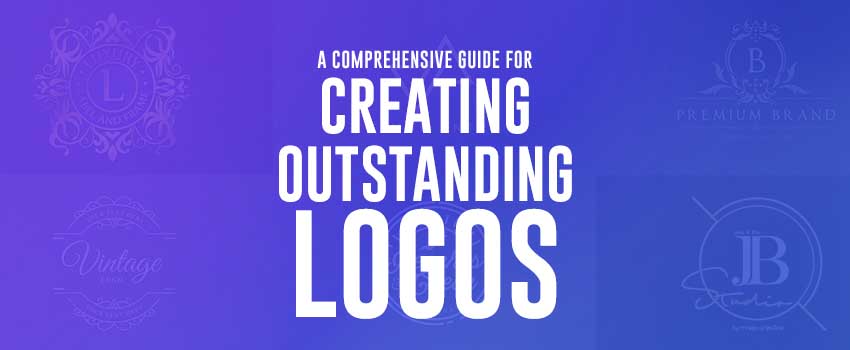
How to design a logo on your own: A great design takes birth out of a great idea
Designing your brand’s logo on your own may prove to be a really overwhelming process as you struggle to identify the right choices that would appropriately portray your brand’s identity. And to be very honest, the process is not easy; you need to have a clear understanding about your brand, why its stands out, how you would want your brand to be identified as, and how you want your logo to look and feel. Designing an effective logo that would perfectly reflect your brand’s identity would demand you to adopt a systematic approach to get clarity about your objectives, conceptualize designs, and to execute the designing process using the latest graphic design software and tools.
Here’s how you should kickstart the logo design process:
Why do you need a logo?
What is the purpose that you are looking to serve? Finding answers to these questions is the first step towards designing an effective logo.
How would you like to define your brand?
The design of your logo is strongly tied to your brand’s identity. The way you identify your brand and want others to identify it would have a major influence on how you should design your logo.
What is the existing trend in your industry as far as logos are concerned?
Do some research on the existing logo designs and shortlist the designs that impress you. This way, you will get some references as to how you may plan the graphics and the colors.
What do your competitors’ logos look like?
Consider doing an analysis to evaluate if your competitors’ logos are really effective and if you should follow similar design ideas.
What do you want your logo to look or feel like?
It’s a good idea to consider some references to get an idea of how logos in your industry should be designed, but it is the best approach to select your own unique design style so that your brand stands out from the competition.
What type of logo are you looking for?
Logos may come in a variety of forms such as lettermarks, abstracts, pictorial marks, etc. You need to make a choice about the style that you would like to go for. There’s no specific rule that should guide your choice; it’s just your preference.
What are the colors that you think your logo should have?
The choice of colors would typically depend on the type of business that you are running. It should match the ideology of your business.
How should you choose the typography?
Well, just like colors, your brand’s persona should determine the choice of typography. For example, if you are running a toy shop, you may want the fonts to look more playful and fun. On the other hand, if you are running a clinic, you should be a little conservative in your font-selection approach.
How would you ensure that your designer understands your requirements clearly?
Setting up a smooth, unhindered line of communication with your designer is crucial to the success of your logo designing endeavors.
What are the choices that you have?
Conduct a careful assessment of the options that you have. While choosing the best option from a collection of several options may prove to be a tough task, however, the outcome will be worth the effort.
What are the technologies that you can use?
While nothing can replace the work of professional and experienced logo designers, however, there are free logo designing tools that you can use to create simplistic logos. If not try using professional logo design software to create unique logos. In free logo design tools there will be certain limitations.
Using Your Logo to Create Brand Identity
Your logo should be a perfect portrayal of your brand’s persona. So this brings us to the question- “What is your brand’s persona?” The answer to this question will typically lead you to the answer to “Why is your brand unique?”. Once you get an answer to this question, you will be able to choose logo designs in a much easier and systematic way. Ask yourself why at all you started your venture and what beliefs and values guide your working philosophies. Try to find out why your brand is so special and why it stands out. How would you describe your brand and how should your customers describe it? Once you get answers to this question, it won’t be difficult for you to get an appropriate logo created for your business.
Seeking References, Finding Inspirations
Looking for designs and finding the most appropriate ones that you may use as references to create your own designs may turn out to be a challenging task given the fact that you will need to shortlist a few designs from a pool of innumerable relevant designs. So how do you think you should search through references and select the most appropriate ones? Here’s a few tips for you:
-
Think like your prospects
Imagine yourself in the position of your prospects. Analyze how they might be feeling about your brand. Try to understand what your prospects in your target demographic are looking for. -
Seek support from all teams
It’s through a diversity of opinions that you can create an outstanding logo. Different people will bring different perspectives to the table, which means that your logo will be the outcome of a highly-creative process. Involve all teams, business partners, and even friends to capitalize on their inputs. Who know? You may end up finding the best idea with a very short time! -
Use a mood board
You can create a mood board by creating a board our of cardboard and pinning printed images to it. Alternatively, you can create a digital mood board; Pinterest is a classic example. Begin by selecting the designs that you are liking a lot. These may include not just logos, but illustration, graphics, and color themes as well. This will allow you to get an idea of the color combinations and designs that are actually looking to apply in your logo.
How do the logos of your rivals look like?
Analyze the logos of your competitors to get a clear idea about what works and what does not work. When you review your rivals’ logos, make sure you evaluate how your brand differs from your competitors’ brands and how you can use your logo effectively to convey the differences to your target audience. Standing out is the key to promoting optimal brand awareness. If the logos of your competitors have single-color designs, you may consider playing with colors. If your competitors have opted for traditional designs, you may choose to include fun elements in your logo.
What’s your style?
When you think that you have a clear idea about your brand’s identity and what it stands for and you have all the references at hand, you may initiate the actual logo designing process. At this stage, you need to take into account several elements such as colors, graphics, shapes, and fonts in order to create custom logos that would portray the brand’s persona in the most appropriate manner. You may not choose to target the entire design all at the same time. You may break the design process into parts and treat each component individually while assessing how each component would influence the design in its own capacity.
There’s nothing called ‘right’ or ‘wrong’. All you need to do is to decide on an appropriate design philosophy for your brand.
Logo styles: Brand Aesthetics that you should know about
Traditional
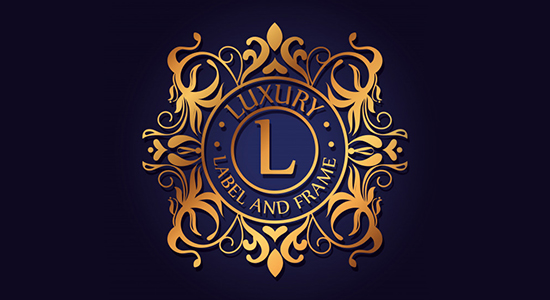
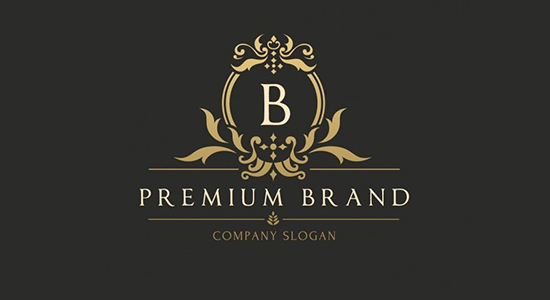
There’s no doubt about the fact that contemporary logos are fun to look at, but it’s equally true that they can soon turn obsolete with time. Logos designed in traditional styles have greater longevity and are more likely to stay relevant for a long time. Traditionally-styled logos are noted for their simplistic appeal and they send out a message of reliability and assurance to the target audience.
Vintage
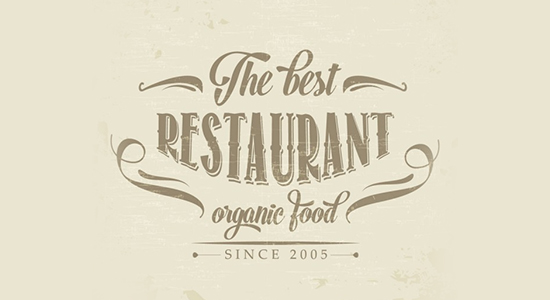
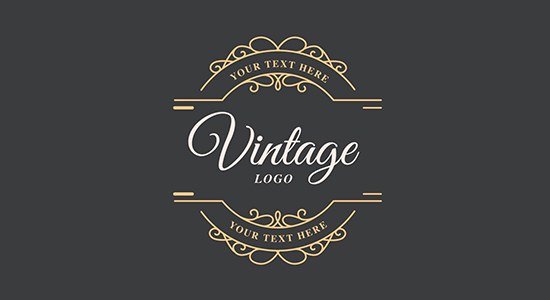
Retro or vintage designs tend to return at different points of time, thereby redefining the current design trends at certain intervals. Retro and vintage designs are always popular because of the fact that they remind people of the times that had passed, thereby inducing a feeling of nostalgia in people’s minds. By having a vintage logo in place, you will let your target audience understand the fact that you value history and that all your offerings are prepared in the right manner. Logos designed with a vintage appeal are typically based on hand-painted illustration that mostly appear in shades of beige and brown.
Minimalist
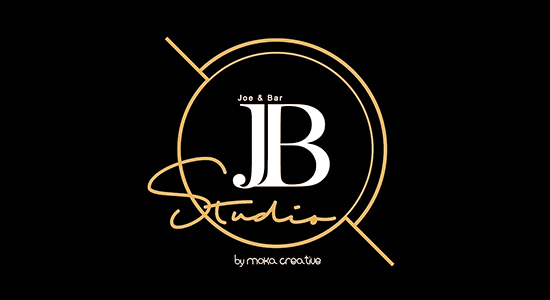
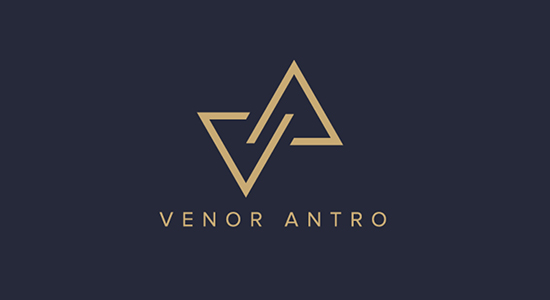
Minimalism is often perceived as a symbol of modernism. You may want to go for a minimalist logo design to associate it with a feel of freshness and modernity. A minimalist design is noted for the presence of adequate white-space, nominal details, and uncomplicated lines, which contribute to their sleek, trimmed appeal. With a minimalist logo, you can send out a message to your target audience, communicating to them that your brand is cool and modern and that you are completely aware of the preferences of your prospects.
Offbeat
If your target audience includes young and fun-loving individuals, you may consider opting for offbeat logos that would have a fun and kinky style associated with it. Such logos are colorful and are often based on illustration or symbols that send out a message of positiveness and friendliness. You may incorporate a cute illustration or an arbitrary mascot in your logo, giving it a lighthearted look and feel.
Handcrafted
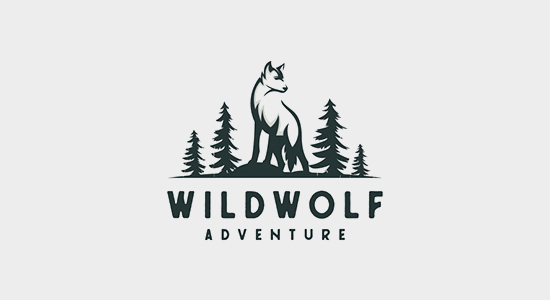
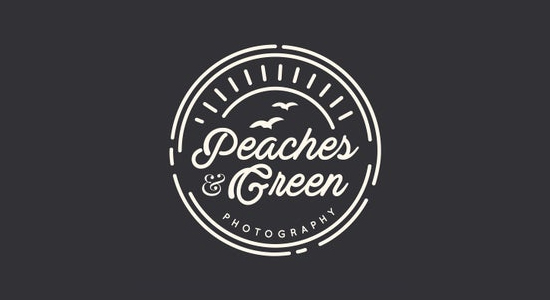
When you choose to go for a handmade logo, you send out a clear-cut communication to your target audience. You let them know about your brand’s individualistic persona and about your choice to embrace handmade quality. Interestingly, this style can be combined with other styles including retro or vintage so as to strengthen its impact. It can also be blended with quirky as well as minimal styles to promote vibrant, youthful looks and sophisticated appeals, respectively.
Mixed-and-Matched Designs
You may choose to portray multiple aspects of your brand’s persona by opting for mixed-and-matched logos. As the name indicates, these styles are combinations of different styles and they are the outcomes of the designer’s creativity and his/her client’s business ideologies and conception about brand persona.
Different Types of Logos: What should you choose and why?
Logos can be divided into 7 types and you need to determine if a specific type of logo would really suit your brand’s persona or your aesthetic preferences.
Monograms
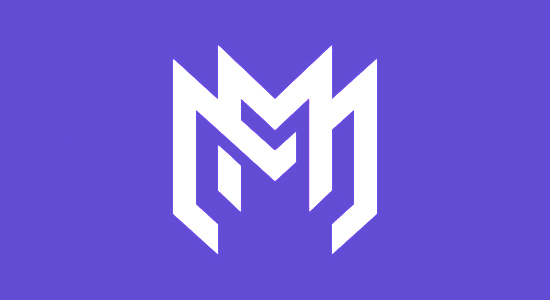
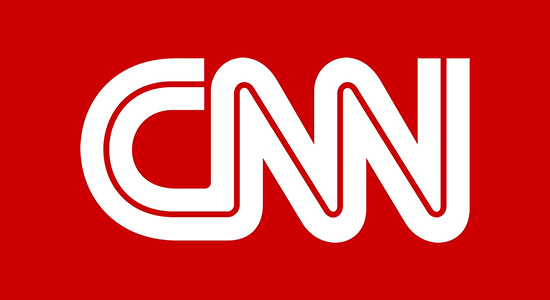
If your company has a long name, you may want to opt for lettermark or monogram logos. With this approach, you will be able to create a simple logo, streamlined design that can be easily recalled. There are several businesses that use their initials in their logos for their identification. Typical examples include H&M, P&G, and HP. You can successfully pair up minimalist logos with monograms and capitalize on the simplistic appeal of both. However, monograms are not that effective in portraying what your business philosophy is or what your business does.
Wordmarks
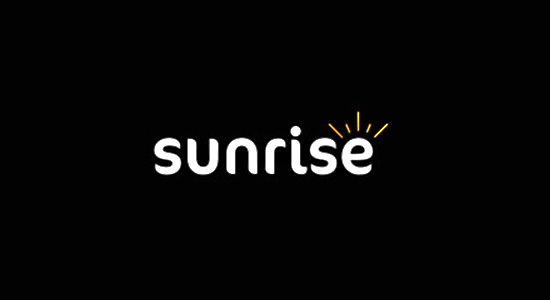
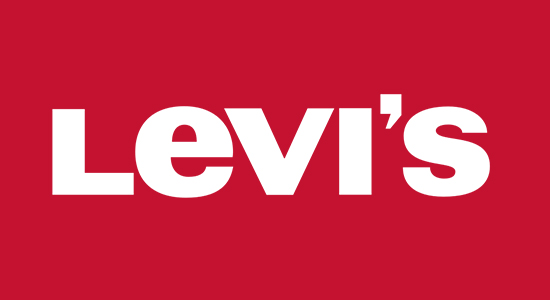
You can use your company name directly as your logo. Such logos are termed as “Wordmarks”. Designers creating company logos by using company names apply typography in exceptionally creative ways so as to instill persona in them. You can capitalize on watermark logos if your brand has a great name that itself is associated with a strong recall value.
Pictorial marks
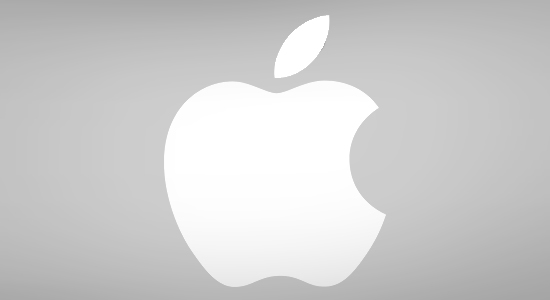
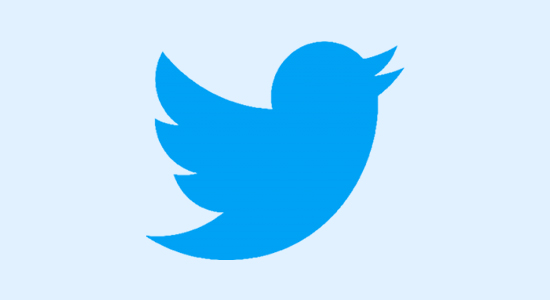
The word ‘logo’ is typically associated with pictorial marks or symbols. Logo symbols are basically iconographic images that can be easily recognized and remembered. It’s up to you to choose a specific logo symbol depending on your preference and taste. Whether you choose a complex design or you want to go for something very simple, make sure that choose a symbol that would relate to your brand and connect your brand well to your target audience. You may choose to combine pictorial marks with a wordmark so that customers can know your brand’s name and remember it.
Abstracts

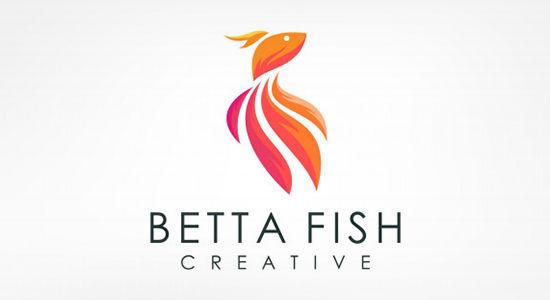
Abstract images are geometrical shapes that may not carry real meaning or may not relate to your brand’s identity directly. On the contrary, abstract logos bring a completely new appeal in your brand. With an abstract logo, you can get your business’s identity trimmed into a symbol that’s distinctive and unique. An abstract symbol has its own individual persona and it is noted for its modernistic appeal too. You may make an abstract symbol reflect different moods. Consider checking out some resources that would allow you to understand the meanings of different geometrical shapes and apply them appropriately.
Mascots
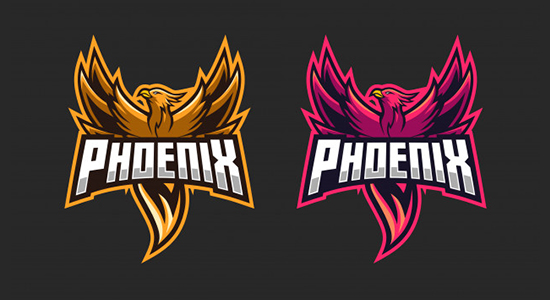
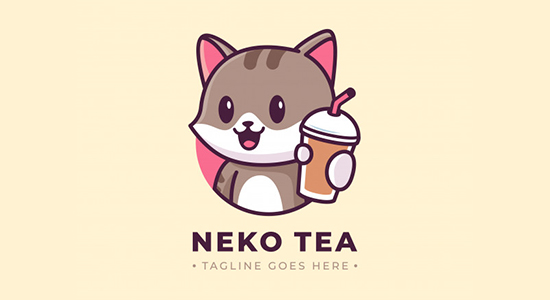
Giving your brand a personality becomes comparatively easier if you use mascot logos. Mascot logos are vibrant and they feature images of cartoonish characters, representing your business with a lighter and friendly appeal.
Combination mark
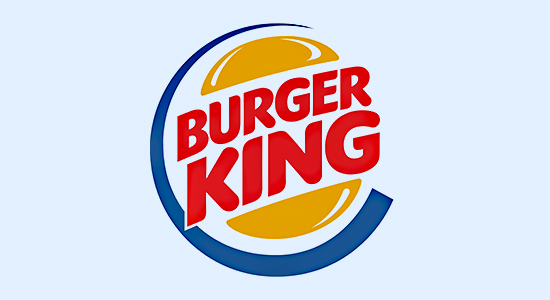
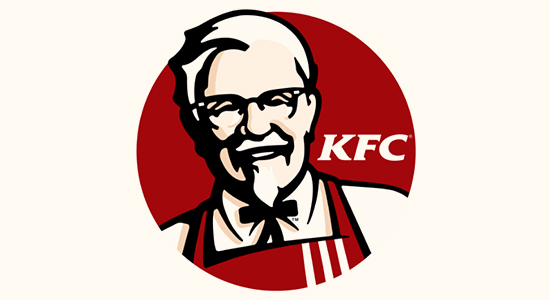
A combination mark, as the name suggests, is the combination of a symbol and a wordmark, which works wonders to promote easy brand recall. You may either place your brand’s name beside the symbol or you may get it integrated in the graphic element. The two elements have their own individuality and importance and your target audience would relate to both of them, whether they are used individually or with each other.
Emblem
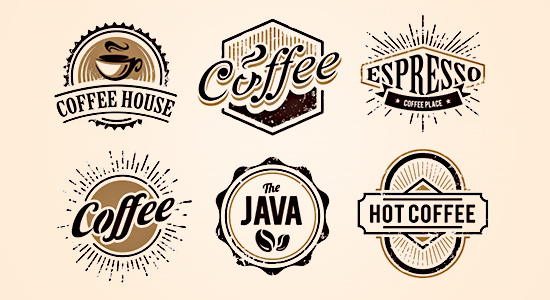
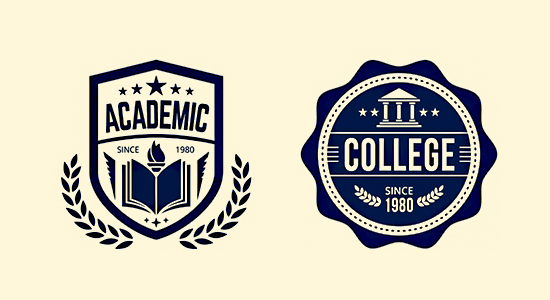
Emblems feature texts that are incorporated in a symbol or icon. Emblems can be compared with combination marks in terms of concept and as a matter of fact, emblems are combinations of word and pictorial elements. Emblems are commonly used in badges, crests, and seals. With emblem logos, companies can imbibe an old-school appeal in their brands.
Colors are important; colors add life and meaning to logo designs
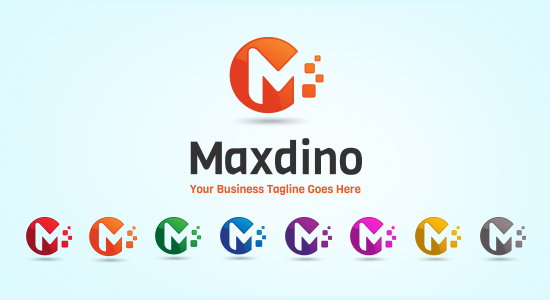

Different colors instill different meanings in logos and induce different moods. It is very difficult to interpret the psychologies that colors create, but it is a known fact that different colors have different ideas and emotions associated with them. Each logo color comes with a meaning and here’s a short guide on logo colors and what they stand for:
-
Red
Red symbolizes passion, anger, and enthusiasm. You can use red in your logo if you have young, vibrant target customers.
-
Blue
Blue is commonly and widely used in logos across diverse industries. Blue is noted for its calming effects and it conveys a message of reliability.
-
Yellow
Yellow stands for friendliness and approachability. So if your brand stands for these values, you may consider including a yellow element covering up larger portions of your logo. Yellow would instill a cheerful and youthful persona in your logo.
-
Orange
While orange is less frequently used than red, but it has an equally effervescent appeal as red. Orange sends out a message of playfulness and invigoration.
-
Green
Green is noted for its versatility and can be used in logos representing diverse brands. Green would appeal more to those people who feel a strong connection with nature.
-
Brown
While brown may seem to be a dull choice for a logo, however, it can be ideally used in logos that are meant to represent masculine brands. Vintage logos with a rugged, masculine appeal can be enhanced with a thoughtful application of shades of brown. This would instill a sort of an aged or handcrafted look in your logo.
-
Purple
Purple portrays ‘luxury’ and can be used as the prime color for premium brands, women’s cosmetics, etc. Different shades of purple reflect themes and can be used creatively to create a major brand appeal. Purple may represent feminine charm and its shades may be thoughtfully used to reflect eclecticism and enigma.
-
Pink
If your brand has a female-only audience, you can think of using pink as the primary color in your logo. When it comes to targeting female customers, the use of pink in your branding campaigns works wonders. You can use different shades of pink, such as fuschia, pastel rose, and neon, in a creative manner so as to target diverse sections of the female population with a customized approach.
-
Black
Black goes well with minimalist logo designs. Modern logos with an uncomplicated, sleek look would look awesome with the classic combination of black and white.
-
White
If you are looking to instill a clean, minimalistic look in your logo, you may want make more use of white. The neutral appeal of white would not only allow you to pair it up with other colors, but it would also add a youthful touch to the design.
-
Gray
Classic logo designs pair up well with different shades of gray. Gray would instill a mature and serious appeal in your logo. You may use darker shades to add more weight to your logo.
How would you make color combinations work?
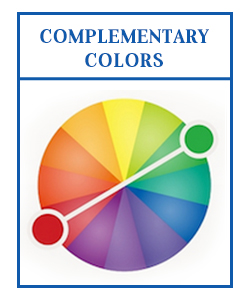
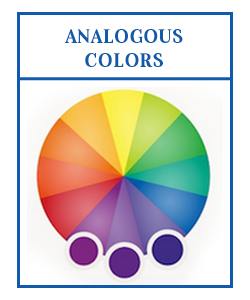
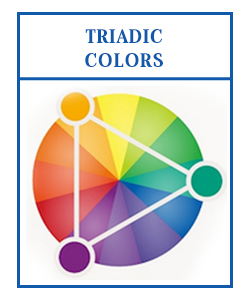
You may not go for logos with a single color-theme. Rather, you may want to experiment with colors and make their chemistries work wonders so as to create a design that would reflect your brand’s story in an interesting manner.
You may consider looking at the color wheel so as to make the right color combination choices
- Complementary colors lie adjacent to each other on the color wheel. They complement each other, creating a dynamic chemistry.
- Analogous colors are almost similar to each other, having a similar appeal.
- Triadic color schemes consist of three colors that are evenly spaced on the color scheme. You can use triadic colors for a bold, stimulating effect.
Which typography is right for your logo?
Choosing the right font for your logo may be a challenging task given the fact that you have multiple options to choose from and each option has its individuality. You should start by analyzing your brand’s persona and how it relates to your target audience. Next, look for fonts that reflect the same persona and induce the same type of feeling among your target audience.
The “Don’ts” of Logo Designing
- Don’t use clip art because clip art is available to all. Your logo should uniquely represent your brand and when you use a clip art, there’s nothing unique about how others should identify your brand.
- Don’t use multiple colors. It’s a good idea to use 2-3 colors. Your logo should not appear too much cluttered.
- Don’t end up selecting an inappropriate font. Just because you are liking a particular font doesn’t mean that it will suit your brand’s persona as well. Analyze your brand’s persona as well as the preferences of your target customers in order to identify the font that would suit your brand the most.
- Try not to design your logo according to the industry clichés.
- Try to keep up with the ongoing trends. However, don’t be too trendy as it might become outdated in few years.
- While outsourcing your project, make sure that the designer is experienced and don’t hire a novice. Don’t go with an amateur.
- Avoid using complex designs and keep it as simple as possible. It will be easier for the audience to remember it.
Start using your logo for branding: The Real Journey Begins Now
Once you are aware of the basic facts of designing a logo, the next step is to integrate it in your web design, business cards, packaging design, or other materials for branding. Here, you also need to take care of every minute details such as the color palette, font type, style, and more to enhance your logo design. It will result in the creation of the most appealing design that will make your business stand out from the crowd.
Conclusion
Logo plays a very important role in showcasing the brand identity of any business. It is because of the fact that the logo is the first thing that any potential customer would notice, creating an image about your company in his/her subconscious mind. Therefore, it is highly essential to use the best logo that will make your business stand out from the crowd. Consider following the best logo design guidelines for a DIY approach.
Besides, you can also choose a reputed reputed logo design agency to create your logos. These agencies usually conduct extensive research on the market and competitors to create an overall logo design idea for your business. They employ a team of creative artists who follow a professional approach and take necessary measures to ensure that the outcomes are effective and of high-quality.

Social Media Video Editing